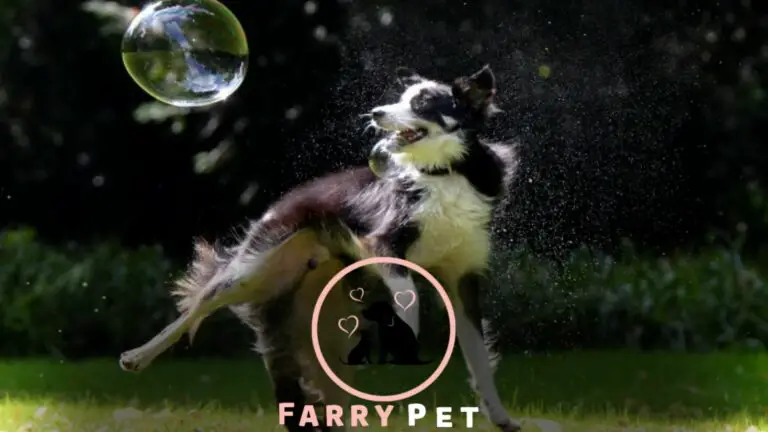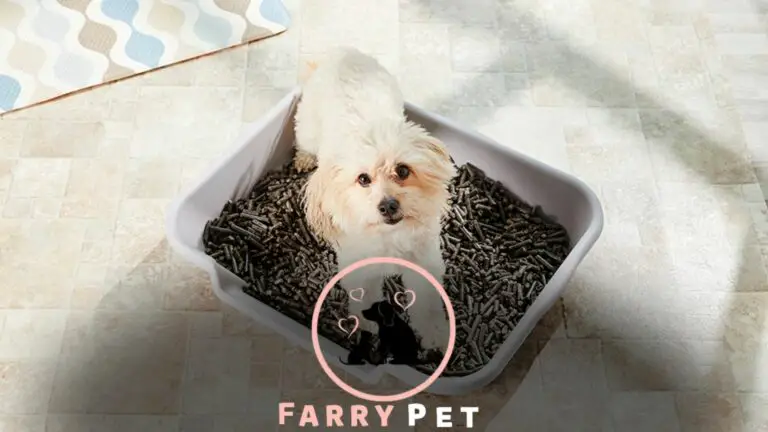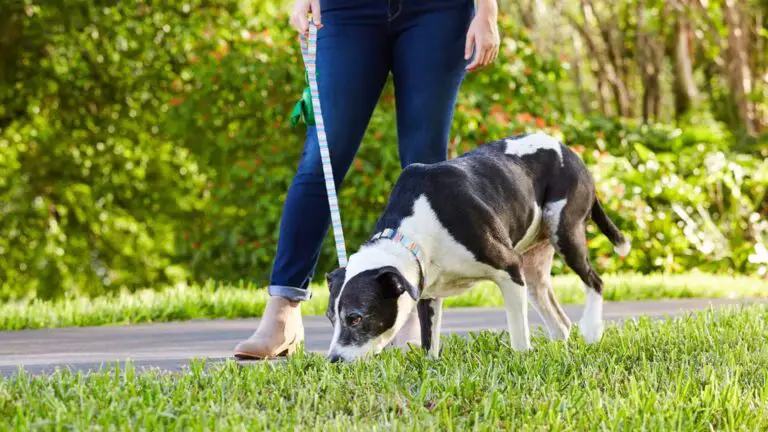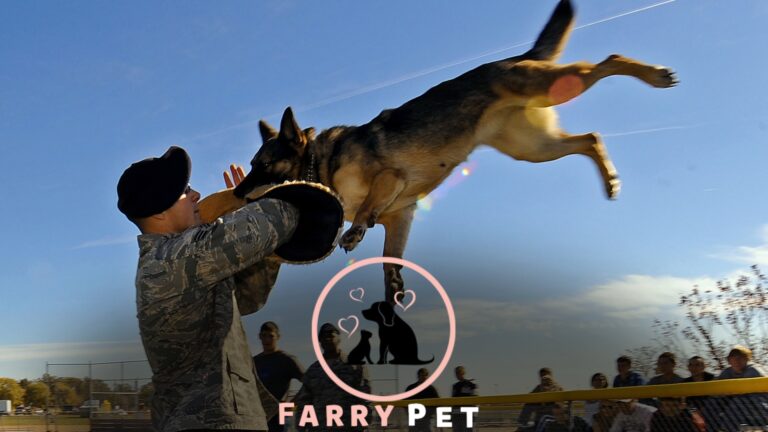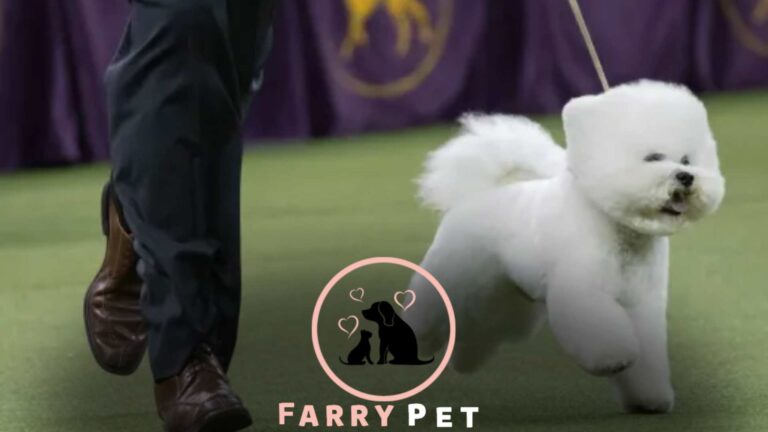
As a dog owner, you want your furry friend to be well-behaved, happy, and healthy. One of the most important ways to achieve this is through Your Dog Training. However, not all training methods are created equal.
Some methods rely on punishment and intimidation, while others use positive reinforcement to encourage desired behaviors.
In this article, we’ll explore the benefits of positive reinforcement dog training and why it’s the best way to train your furry friend.
Why Positive Reinforcement Dog Training Works
Positive reinforcement dog training is based on the idea that dogs will repeat rewarded behaviors and stop behaviors that are not. This natural principle of learning applies to all animals, including humans.
When your dog does something you like, such as sitting on command or not jumping on guests, you can reward them with treats, praise, or affection.
Over time, your dog will associate the behavior with the reward and be more likely to repeat it.
While emphasizing the gradual and humane approach of positive reinforcement, you can intrigue your readers by asking, “Can a dog be trained in 2 weeks?” For the answer to this question, be sure to read our in-depth article on the subject.
Benefits of Positive Reinforcement Dog Training
There are many benefits to using positive reinforcement dog training, including:
- Builds trust and strengthens the bond between you and your dog.
- Creates a positive learning environment that encourages your dog to learn and try new behaviors.
- Increases your dog’s confidence and self-esteem by focusing on what they do right rather than wrong.
- Improves your dog’s behavior in a way that is long-lasting and sustainable.
- Reduces the risk of aggression and fear-based behaviors resulting from punishment-based training methods.
When discussing the effectiveness of positive reinforcement in dog training, you can mention that crate training is a valuable tool for reinforcing good behavior.
For more information on the benefits of crate training and helpful tips and tricks, check out our post on “Why Crate Training a Dog is Beneficial?
Common Questions About Positive Reinforcement Dog Training
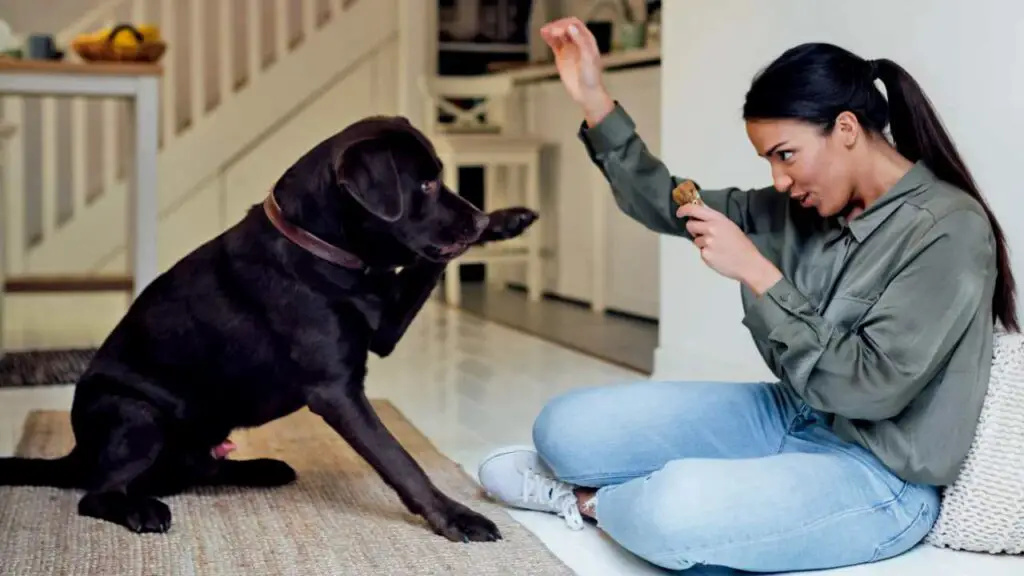
Here are some common questions dog owners have about positive reinforcement dog training:
Is positive reinforcement dog training effective for all dogs?
Yes, positive reinforcement dog training can be effective for all dogs, regardless of breed, age, or personality.
However, some dogs may require more time and patience than others, especially with previous punishment-based training.
When discussing the adaptability of positive reinforcement training for various dog breeds and sizes, you can mention that small dogs can even be litter box trained.
If you’re curious about this method, we’ve covered it extensively in our post, “Can Small Dogs Be Litter Box Trained?
Can I use positive reinforcement to stop unwanted behaviors?
Yes, you can use positive reinforcement to stop unwanted behaviors. For example, if your dog jumps on guests, you can teach them to sit instead and reward them.
Over time, your dog will learn that sitting is a better way to get attention and rewards than jumping.
What if my dog doesn’t respond to positive reinforcement?
If your dog doesn’t respond to positive reinforcement, it may be because the reward isn’t motivating enough or because they don’t understand what you’re asking them to do.
In these cases, it’s important to be patient and persistent and to work with a professional dog trainer if necessary.
While highlighting the role of rewards in positive reinforcement training, you can mention the importance of choosing the right treats.
To discover which treats are best for dog training, don’t miss our article on “What Are the Best Dog Training Treats?
What are some common mistakes to avoid when using positive reinforcement?
Some common mistakes to avoid when using positive reinforcement include:
- Use rewards inconsistently or do not use them at all.
- Punishing your dog for not responding to positive reinforcement.
- Using rewards that are not valuable or interesting to your dog.
- Failing to provide clear and consistent cues for the behavior you want your dog to perform.
If discussing the exceptional olfactory abilities of dogs in positive reinforcement training, you can pique your readers’ interest with the question, “Are drug dogs trained to smell nicotine?” Find out the answer in our dedicated post.
Conclusion:
Positive reinforcement dog training is undoubtedly the best way to train your furry friend. Using treats, praise, and affection as rewards for good behavior strengthens the bond between you and your dog and encourages them to repeat the desired behavior.
This training approach is effective, humane, and long-lasting, unlike punishment-based methods that can damage the dog’s trust and cause fear and aggression.
Positive reinforcement training can be adapted to any dog breed, age, or personality and is a fun and rewarding experience for the dog and the owner.
With patience, consistency, and positive reinforcement, you can teach your dog to be a well-behaved and happy companion.

